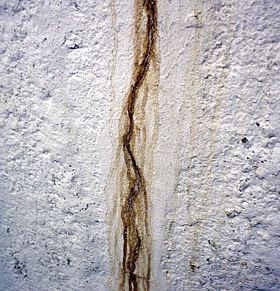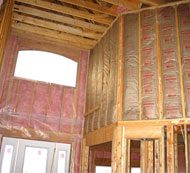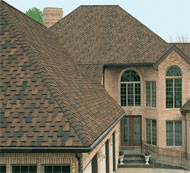 importantly, what should you do if you discover cracks in your basement, particularly if you intend to finish it?
importantly, what should you do if you discover cracks in your basement, particularly if you intend to finish it?Movement is the origin of all basement cracks. Since masonry walls and floors are rigid and inflexible, when various parts of the base shift independently of one another, cracks form. Since it takes a new home a few years to settle down and avoid shifting, small and solid foundation cracks are likely to occur early on. Hairline cracks with a width of less than 1mm are typically perfect. Also larger cracks are good as long as they don't get any bigger over time, which is the first thing to look for. What's going on over time?
Draw a straight line through the crack with a sharp pencil and a ruler. This should be done at 90o every few feet, with careful measurements of the crack width reported next to these lines. Is this crack getting bigger or smaller over time, or is it remaining the same?
You'll be fine if the cracks don't adjust. However, if cracks continue to grow and move, you might have an issue that requires professional assistance to resolve. Engineers and foundation specialists, on the other hand, are not inexpensive. The wall shown here is an excellent example of how filling works best when combined with a layer of reinforcement applied to the floor.
Fortunately, the vast majority of basement cracks are solid and not dangerous, but it's always a good idea to fill them. What is the explanation for this? Often waterproofing and radon gas resistance. Although it's true that concrete blocks and poured concrete aren't fully waterproof, a crack that runs the length of the foundation wall is neither waterproof nor gas-proof.
Basement cracks are often filled with two-part epoxy or polyurethane injection systems, but they do not provide structural reinforcement. Even a small amount of new foundation shrinkage after filling will result in a new crack appearing alongside your injection, but that's where a special strengthened solution comes in handy.
The first move is to use a two-part epoxy to seal the crack's surface and fasten injection ports every 18” or so along its length. The second step is to inject the epoxy into the crack, filling any voids and sealing it. To further stabilize the patch, carbon fibre saturated with epoxy is applied over the crack. According to the maker, the effects are more durable than a non-cracked base. While I can't check this assertion, it's clear that the carbon fiber reinforcement adds a lot of strength and stability to the seal, enhancing the impact of water leakage and radon gas infiltration. If there is some more foundation push, the old crack can never get any bigger. Carbon fiber is very durable.








